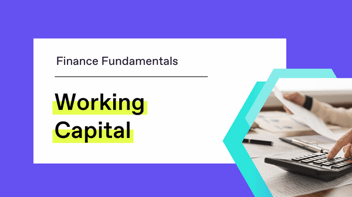Tim Gurner Said Unemployment Should Double. Here’s Why He’s Right
You might remember the debate luxury property developer Tim Gurner recently stirred regarding unemployment rates and employee productivity. Regardless of his phrasing, there might be some truth to his views. But what does it really mean for you and your business?
Understanding Unemployment Trends
Gurner’s take: Unemployment should rise by 40-50%.
At an Australian Financial Review Property summit, Gurner, worth almost a billion dollars, suggested a possible 40-50% increase in unemployment, not that it should directly rise to that number. The Australian unemployment rate is currently around 3.7%; increasing that by 50% (which equates to 500,000 people) gets it to 5.5%.
Governments often discuss a natural unemployment rate of around 5 to 6%. This is considered a healthy balance for a strong economy and relations between employers and employees. The unemployment figures include various factors. Some people, due to physical or mental challenges, can’t work. Others choose not to work for diverse reasons, from family commitments to personal choices. Additionally, there’s a transitional phase between jobs or opportunities, contributing to this 5-6% range.
The problem is when you’re down to that 3.5% level, which led to his second comment.
Productivity in the Workforce
Gurner’s take: A lack of employee productivity by employees is detrimental to businesses.
Gurner’s remarks about employee productivity highlight the importance of cost versus output, with minimal productivity causing a substantial impact on both businesses and the economy.
While the majority of employees do an honest day’s work, even a few unproductive individuals can impact businesses and the economy significantly.
Productivity relies on two main factors: the cost and output of someone. If the cost increases more than the output, someone loses – either the business faces rising costs or consumers pay more. Therefore, increasing costs without a rise in value created creates a problem.
Considering most businesses aim for a 10% profit on their revenue, even a small 3-4% shift in labour productivity can quickly affect the bottom line and the business’s survival in challenging times.
The Power Balance Between Employers and Employees
Gurner’s take: The balance of power between employers and employees should be addresses to get to more of an equilibrium.
Gurner’s third comment touched on a crucial aspect of power dynamics within businesses, highlighting the need for a balance between employers and employees. Most employees work diligently, but a few exceptions can impact everyone. Unbalanced power leads to people avoiding work without consequences, passing up jobs, causing distress for both the business and the dedicated workers.
While much of the criticism focused on Gurner’s ultra-high net worth, it’s true the consequences of unbalanced power dynamics affect everyone through inflation, added stress, and increased work for others. Sectors like construction face the brunt when people opt out of their responsibilities abruptly, causing disturbances and frustration.
He recognised that while most employees are dedicated, it’s the few at the edges that impact the majority and create a need for balance.
Takeaways for Your Business
Overall, Gurner's comments speak to the importance of culture within your business.
A positive culture needs to be harboured, whether the balance of power is for the employees or employers at that point in time.
You can build an exceptional workforce by:
- treating your employees with respect,
- building a strong culture of autonomy
- still giving your people a structure to thrive in.
Learn everything we teach our clients free
Join 400+ business owners & leaders who receive practical business & accounting tips, delivered free to your inbox every week. No fluff, just high-level expertise. Sign up now.



